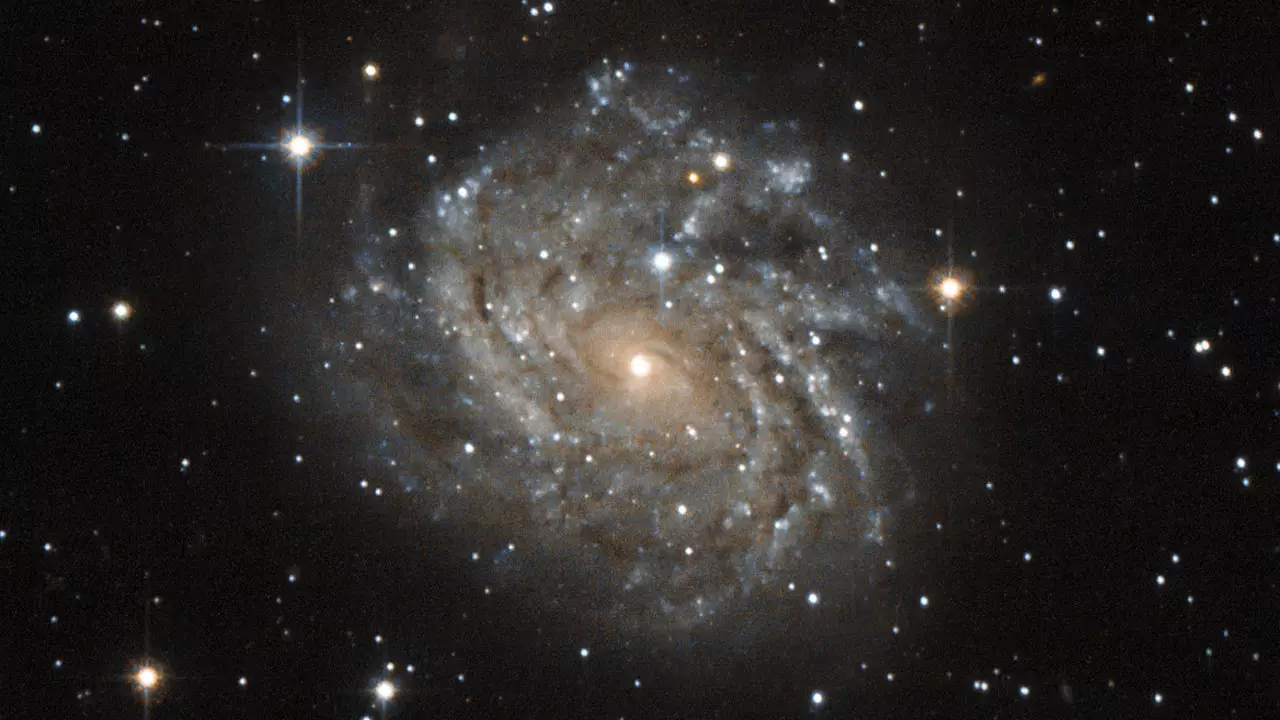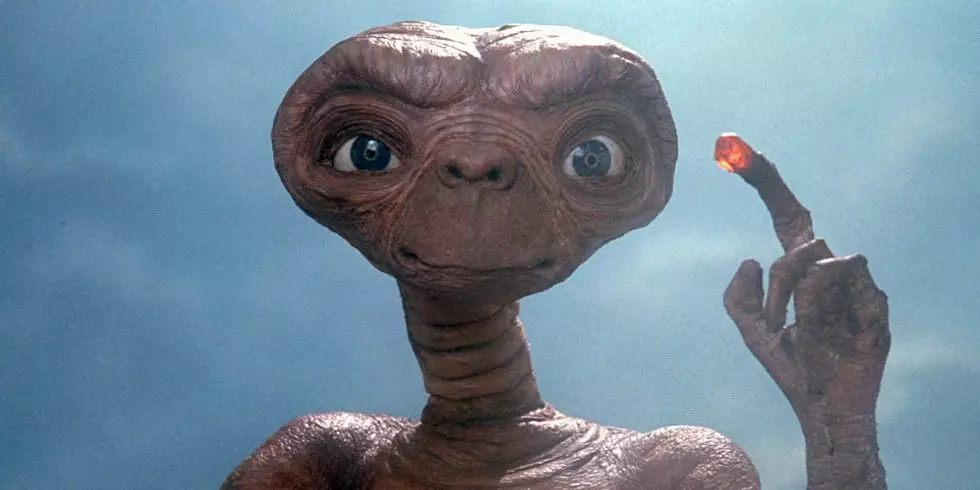
We struggle to get a reply sometimes in the group chat when we're just trying to round up some mates to go to the pub, but the Nasa lot have managed to fire a signal 13 billion miles into space and actually get a response.
But, unfortunately, this isn't the beginning of a beautiful friendship with another life form. It was a message from Voyager 1, the only man-made object in interstellar space. Its fellow spacecraft, Voyager 2, is on its way there, too - and both carry a small American flag and a 'Golden Record', which is packed with mementos from Earth in the form of pictures and sounds.
Nasa had grown worried about the altitude control thrusters on Voyager 1, which have been wearing down. That's because they rotate so that the spacecraft can communicate with Earth. So, if they're down, Nasa would lose touch and shit would hit the fan, basically.

The response wasn't from E.T., sadly. Credit: E.T. The Extra-Terrestrial / Universal Pictures
Advert
According to a statement, the Voyager team decided to go for a bit of a wildcard, agreeing on an "unusual solution" that involved firing up a set of four backup thrusters, which hadn't been used since 1980.
Suzanne Dodd, project manager for Voyager at Nasa's Jet Propulsion Laboratory (JPL), said: "With these thrusters that are still functional after 37 years without use, we will be able to extend the life of Voyager 1 spacecraft by two to three years."
The Voyager team fired up the thrusters on 28 November, but because the spacecraft was so far away, they had to wait until the next day for confirmation that it had worked.
Todd Barber from JPL also said: "The Voyager team got more excited each time with each milestone in the thruster test.
Advert
"The mood was one of relief, joy, and incredulity after witnessing these well-rested thrusters pick up the baton as if no time had passed at all." Basically, everyone was buzzing.
Although the response wasn't from another life form, it's impressive to know that it's possible to not only send a signal so far into space, but to also get a response - especially because the Voyager spacecraft are so important. Since both Voyager 1 and 2 are supposed to last billions of years, the mementos of Earth that they carry could eventually be the only surviving trace of human life.
Pressure's on a bit, then, ain't it?
Featured Image Credit: PA
Topics: Science, Nasa, Technology, space